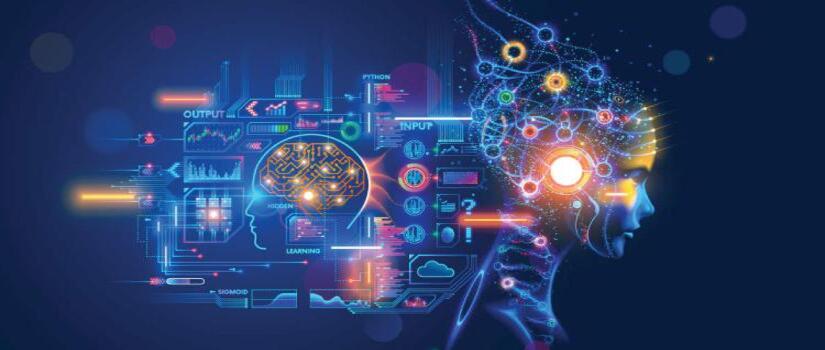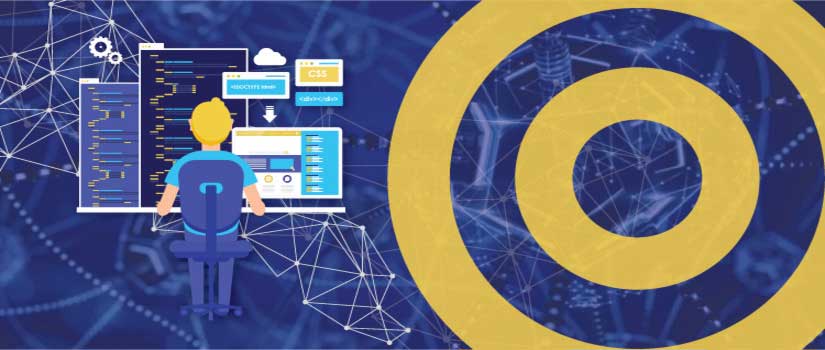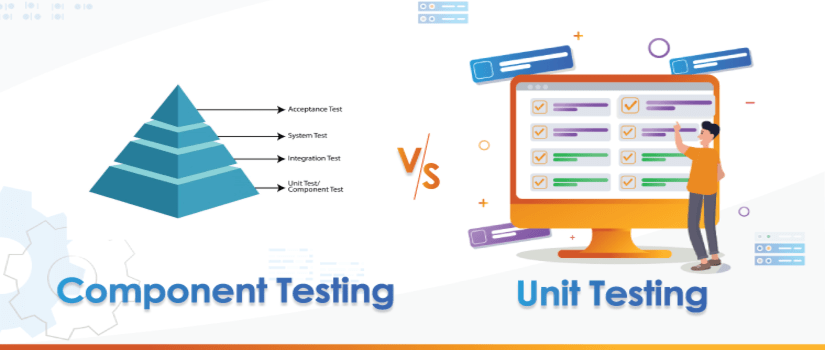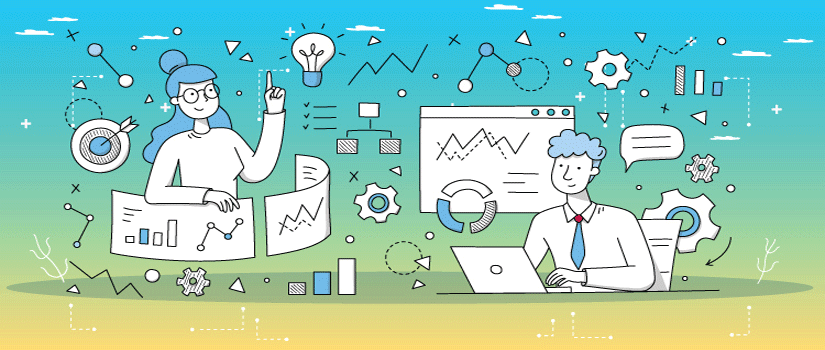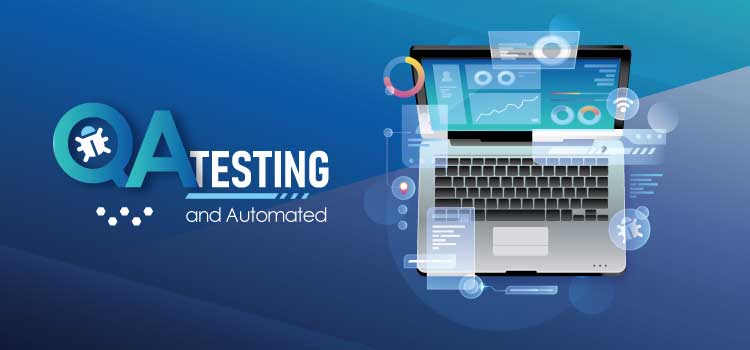The development of new tests and medicines has affected health care for years. We're currently witnessing the growth of entirely different technologies that could fundamentally alter the way healthcare is provided.
In the past, patients and doctors, or any other healthcare professional, would usually visit in person. The doctor would follow the standard procedure of taking an interview, performing a physical examination, and possibly arranging tests to gather specifics about the patient's health requirements and preferences.
The doctor would then link this information to the current prognosis, disease, and treatment, ideally engaging the patient. Together, they could decide on a treatment strategy.
How That Has Changed Because Of Technology
The internet has transformed everything. Health care professionals and people have the same access to vast quantities of information on the causes of disease and how to manage them. A lot of this information is readily accessible to patients, allowing them to be usually well-informed regarding their health and healthcare choices.
A variety of health applications - are accessible to help patients make informed decision-making about their choices. Social media also allow users to connect with people who share information about health and concerns.
Wearables with sensitive sensors now monitor fundamental physiological functions, including the rate of pulse and activity level, which allows analysis and interpretation of data in real-time. Wearables in the future and sensors for home use will be able to track a wide variety of measurements that will provide data for a more sophisticated assessment of the wearer's health condition and aid in their treatment.
Numerous pharmacies and other primary health care facilities provide testing at the point-of-care location as well as at your home. These tests are mostly limited to basic biological tests like cholesterol or blood glucose. But the range and variety of possible tests are increasing and are also decreasing in cost.
Soon, it will be possible to identify a matter of minutes, and usually without the need of an RN, doctor, or any other health care specialist to look at, test, and prescribe.
While at the same time, advancements in human genomics provide the foundation to redefine and reclassify diseases. These advancements allow for more precise estimation of risk; new avenues to improve prevention, and the rapid confirmation of an increasing number of diagnoses, which can help clarify the prognosis of the patient and guide the choice of an illness as well as accurately determine the type of anti-infective is most effective in treating it. This can be done in a of treatment.
This is the reason behind personalized medicine, which aims to tailor health-management recommendations to each person, not just their illness. The parallel developments in the genomic analysis of tumors and pathogens that cause infections are improving the options of coordinating treatment of the patient with their condition.
Effect On Mental Health Treatment
It's not just health care that's changing. Technology, information, and communication have transformed how psychologists treat patients. Psychologists and psychiatrists don't usually look at patients physically, so video consultations are becoming more popular.
There are a growing number of websites that offer online psychological assessments and help for the user. They range from simple screening for common mental disorders to more sophisticated estimates of emotional and cognitive functioning that can help predict the response to specific therapies.
Psychological therapies, like mindfulness and cognitive-behavioral interventions, are easily accessible on the internet. There is a strong case for their efficacy when utilized appropriately.
Communications technology can also allow the real-time surveillance of patients' adhesion to medical treatments prescribed by doctors and has obvious uses for the care of, for instance, those who have dementia. Also, Smart dispensers can aid in helping all of us remember to take our medication.
These advancements eliminate the requirement for clinicians and patients to be in contact or even communicate electronically if physical interaction like surgery is required. The range of patient-specific and generic information and electronic decision-support tools that patients and clinicians have access to redefine the role of the physician.
Doctors will be increasingly playing a role in expert guides to resources available, helping patients' decisions. Physical infrastructure for surgical intervention, emergency management, and treatment of the severely sick will be required. The ability of information technology to reduce distance and time will eventually transform how health care can be available and administered within the community, giving to provide the best care at any moment and the patients' convenience.
Its implications on health services policies and planning, as well as for the education of health professionals, are significant. The most important considerations are ensuring accessibility to all potential benefits of technology and ensuring that it helps rather than detracts from the human connection that we all require when we are sick or anxious about our wellbeing.
What Technologies Are Transforming Healthcare
Since the beginning of medicine, doctors have been searching for the most efficient and effective ways to treat diseases. This is why the use of new Technologies in Healthcare is an inevitable and essential method for healthcare professionals to provide safer treatment options for patients.
The list below of the top 5 technologies that will shake the world of Healthcare for 2022 is determined by the present stage of advancement achieved through these technologies and the residual effects that will last well beyond 2022.
These are the top 5 new technologies that are transforming Healthcare in 2022.
· Organs 3D printed
· Genome-based personalized medicine based on genetics
· Immunotherapy
· CRISPR
· Artificial Intelligence and Big Data3D Printed Organs
3D Printed Organs
3D printing, commonly referred to in the field of additive manufacturing, is gaining popularity in the industrial sector along with, in some instances, education, as a method of making the 3D model of something that is made of a variety of different materials, which include ABS plastic PLA and glass-filled polyamide or polyamide (nylon) silver and titanium, steel for stereolithography (epoxy resins) and polycarbonate and photopolymers.
For Human organ printing, 3D printing utilizes biocompatible plastics implanted with human cells from the person who receives the organ printed. After the organ has been printed, it's put in an incubator to ensure that the patient's cells grow, which improves the acceptance of the organ in the body.
Organ transplants that are successfully printed have already taken place. In 2019, researchers in Israel had printed a rabbit-sized human heart that included a blood vessel that functioned like normal blood vessels, with the proper anatomical shape. This offered a real possibility of printing fully functional organs.
The advancement of this technology could bring about significant improvements in organ transplants, in the process of developing pharmaceutical research, and for the education of surgeons and doctors.Genome-based Personalized Medicine
Genome-based Personalized Medicine
The concept of personalized medicine (also known as stratified medicine) is a technique that has roots in Hippocrates. The first time it was recognized that each patient had a distinct ailment. But, the advent of genomics in the field of modern medicine has provided researchers more insight into how genetics can affect the health of their body, their capacity to fight off diseases, and how they interact with medical treatment.
A genome-based personalized medical system will allow for interventions, medical decision-making procedures, and products for medical use that are based on their genetic stratification and the known reactions to these procedures. There are techniques to be expected like T-cell receptor and B-cell sequencing, antigen mapping, multi-omics, and spatial analysis.
Experts in precision medical research have predicted that the use of single-cell genomics and medical integration will alter the foundational understanding of biology. The development in genomics spatial and their integration with the commercial world will result in multi-dimensional approaches to understanding human biology.
Immunotherapy
Immunotherapy is an effective treatment for cancer that relies on white blood, also known as the immune system of a cancer patient, to stop or slow down the expansion of cancerous cells. Although it is a relatively new form of treatment for cancer, it has demonstrated promising results for all kinds of cancer and even provided significant advancements in the treatment of a few cancers.
Since each cancer is different and has its way of attacking the body, every type of immunotherapy is treated differently. There are various types of immunotherapy. This includes monoclonal antibodies and tumor-agnostic therapies, including checkpoint inhibitors, oncolytic virus therapy, T-cell therapy, and cancer vaccines.
CRISPR
CRISPR, which is a contraction of "clustered regularly interspaced short palindromic repeats," is a well-known technology altering how everyday people engage with science. CRISPR is a specific segment of DNA sequences found within the body of prokaryotic genomes that have been previously infected. By taking this family-specific sequence and using it, scientists can make simple modifications to genes to fix a genetic flaw or prevent or treat diseases in plants and animals.
CRISPR is easy enough to be made and utilized with only a tiny amount of equipment. Some have taken to making these substances and selling them online, meaning that the editing of genes can be carried out at home to alter crops for a better yield or the breeding of animals.
The process is carried out at least in vitro (in the form of a dish or test tube) and in live cells, employing the use of one or two single-guided RNAs. Following the finding of corrective measures, 2007 CRISPR has been transformed to enable scientists to consider genetic disorders and reconsider ethics regarding genetic engineering.
AI and Big Data
Machine learning, artificial intelligence, and massive data have made tremendous advancements in the past few years, and their application has affected nearly every aspect of human communication. The use of AI in Healthcare may appear like something from science fiction. Still, ethicists have already pondered the ways AI or big data could enhance Healthcare, and healthcare professionals continue to investigate its efficacy and utility.
In the present, radiological diagnostics use cognitive computers to automate repetitive tasks and provide analysis for testing. Google Brain and Stanford University's Deep Learning Model "DeepMind" is a different AI utilized to aid in machine learning to determine and predict the likely timing of the death of an extremely sick patient. This information could assist in applying treatment and choosing when patients need to be referred to palliative care.
The utilization of AI and Big Data in Healthcare is subject to many privacy issues, including the misuse and use of sensitive patient information. This is why this technology in Healthcare is slower than others.
What These Technologies Mean For Sports Medicine
The sports medicine field currently benefits from these new technologies and will continue to be so in the coming years. The benefits can be seen from three angles: the past, future predictions, and the current application.
Many new technologies will rely on the past use instances and assessments of patients to offer precise diagnostics or help. For AI to learn, for example, it has to be rerouted to a machine-learning model and then told what specific situations could lead to. This will result in the digitization of patient records, both old and new, to refine the predictive models. Through its learned behavior and innate learning, the AI can generate a range of data points that could be used to make treatment suggestions and later utilized to treat patients by themselves (through robots).
To predict the future, we may look into genetic changes. Through personalized medicine based on genomes such as this, doctors could collect the genetics of a sample and offer preventative treatments in response to its genetic analyses. Suppose a patient has specific variants in the Tenascin C (TNC) that have been believed to be a significant genetic cause for weak tendons and ligaments, especially for Achilles tendinopathies and tendon tears. In that case, doctors can stop a tendon injury before developing it.
Other genetic variations could be possible using CRISPR if the CRISPR method reduces the possibility of getting a severe autoimmune disease. But, it could also be a technique that can eliminate infection by genetics instead of through antibiotics.
The area of sports medicine will get the most significant benefit from 3D printed organs, as 3D printed organs offer orthopaedists a greater variety of surgical procedures. Instead of grafting tendons or ligaments harvested from animals, a patient will be given a laboratory-grown ligament that has been infused with their cells, permitting the body to readily accept the ligament and reduce the rejection of the implant.
Bottom Line
Every day, researchers strive to improve the technological possibilities that comprise our healthcare system. With research and innovation evolving each day, it's no wonder that 2022 already has revolutionary technologies that have changed how our healthcare system functions.
Keep an eye out for these and other new technologies that will continue to transform how doctors and surgeons can offer treatment and support to patients.
If you have questions or thoughts about the transformative technologies in healthcare, feel free to Contact Us.


